The Open-Air Philippine Prison Where Inmates Dance For Tourists
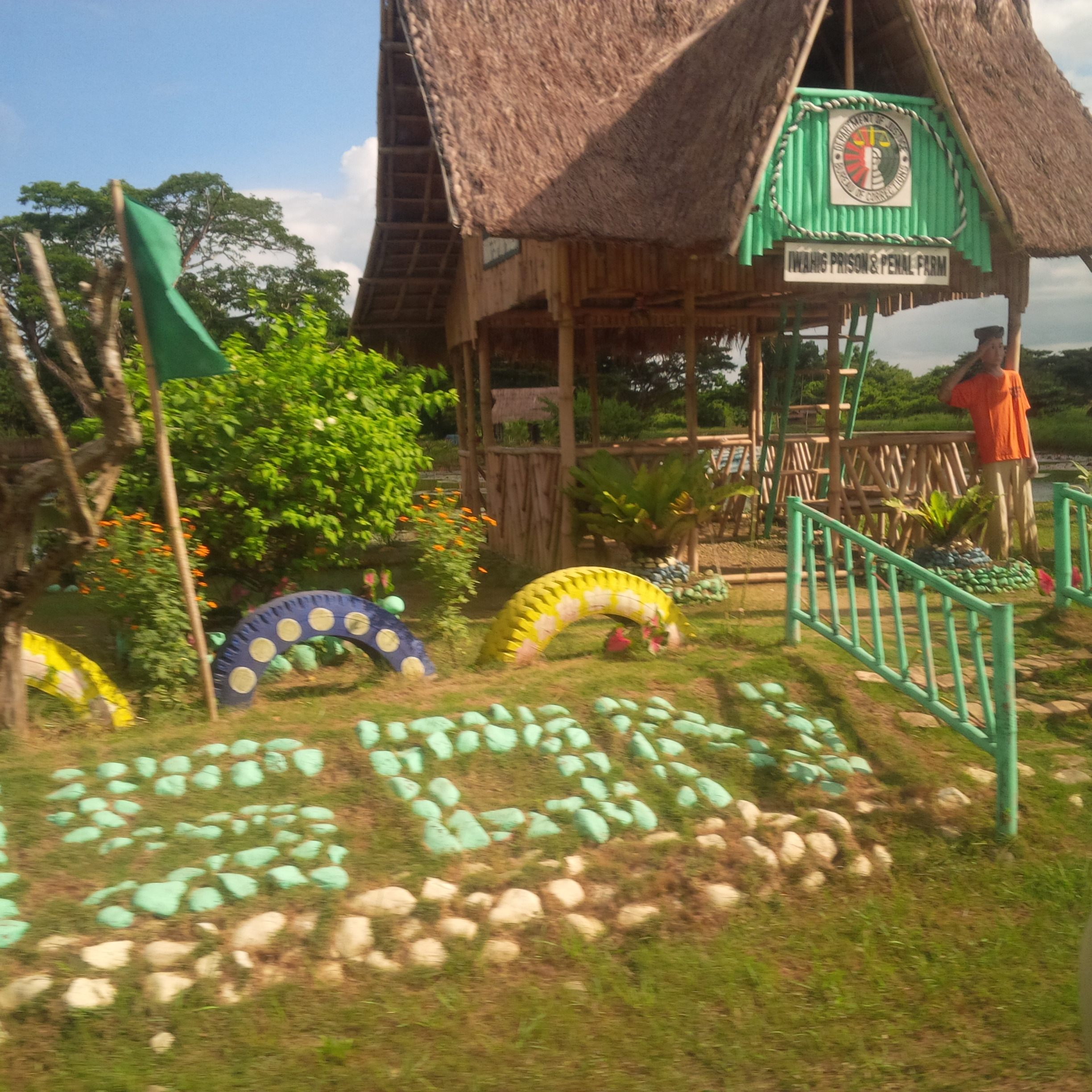
The entrance to Iwahig Prison and Penal Farm. (Photo: Audra Williams)
The signs for Iwahig Prison and Penal Farm in the Philippine city of Puerto Princesa start about a five-minute drive from the gate:
A PRISON WITHOUT WALLS IS LIKE A CELL WITH A KEY
It takes a few readings to parse the message. Most people don’t have a point of reference for a prison without walls. Most people don’t have a point of reference for a prison as a tourist destination, either. But Iwahig Prison and Penal Farm is both of those things: a place where incarcerated men move fairly freely over 64,000 acres and members of the public can come meet them, dance with them, and buy their handicrafts.

The souvenir shop, which sells handicrafts made by the prisoners. (Photo: Cheryll Del Rosario/flickr)
Surrounded by mountains rather than walls, Iwahig is twice the size of Paris. Visitors arrive by rented tricycle, or with the help of a tour guide. “Welcome to Iwahig Prison and Penal Colony” is spelled out in brightly colored rocks at the gates, which makes it feel more like the Heidelberg Project than Sing Sing. After a quick stop at security, there is a scenic 10-minute drive past rice paddies, makeshift stores, coconut plantations, corn fields, and countless dogs and goats before arriving in what resembles a town square.

Entrance to the post exchange. (Photo: Cheryll Del Rosario/flickr)
Just like any civic hub, there is a church, a post office, and a recreation center, all surrounded by lots of men working and chatting. Medium Security inmates wear brown t-shirts, and Minimum Security inmates wear blue. It’s not immediately evident if anyone is a member of staff, save for a middle-aged woman who drives through purposefully on a motorcycle. The recreation center is home to the dance rehearsal and performance space, and otherwise functions as a big souvenir shop.
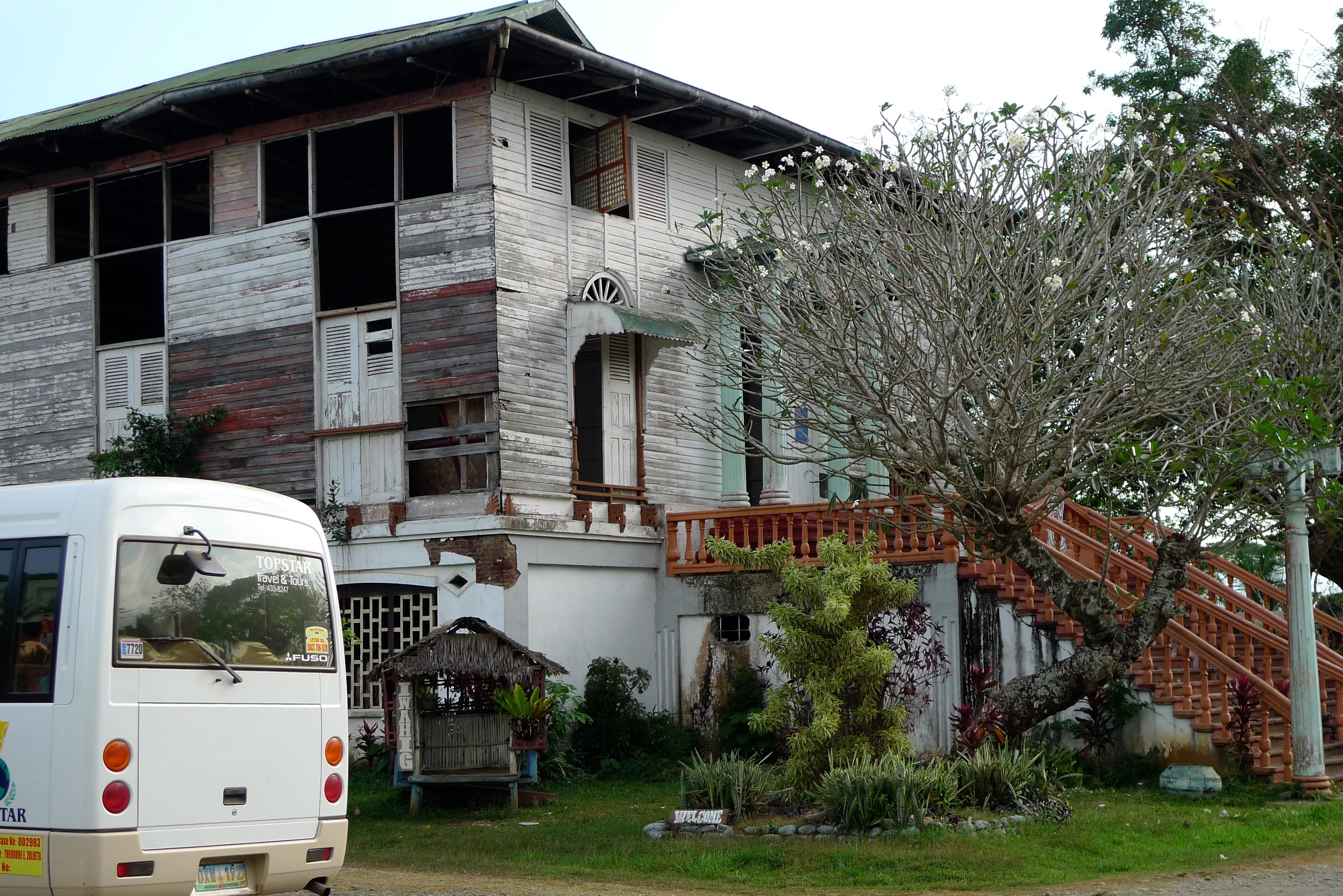
The recreation center. (Photo: Cheryll Del Rosario/flickr)
Half a dozen inmates launch into a dance routine at the arrival of new guests, to Bruno Mars’ “Just The Way You Are.” Most of them appear to be in their mid-20s, and at least a couple of them are lipsynching earnestly along with the song. After their performance, they are quick to lead visitors towards the specific handicrafts they have made themselves. Ninety percent of the proceeds from sales are used to keep the prison self-sustaining, but the remaining 10 percent goes to the inmates directly.
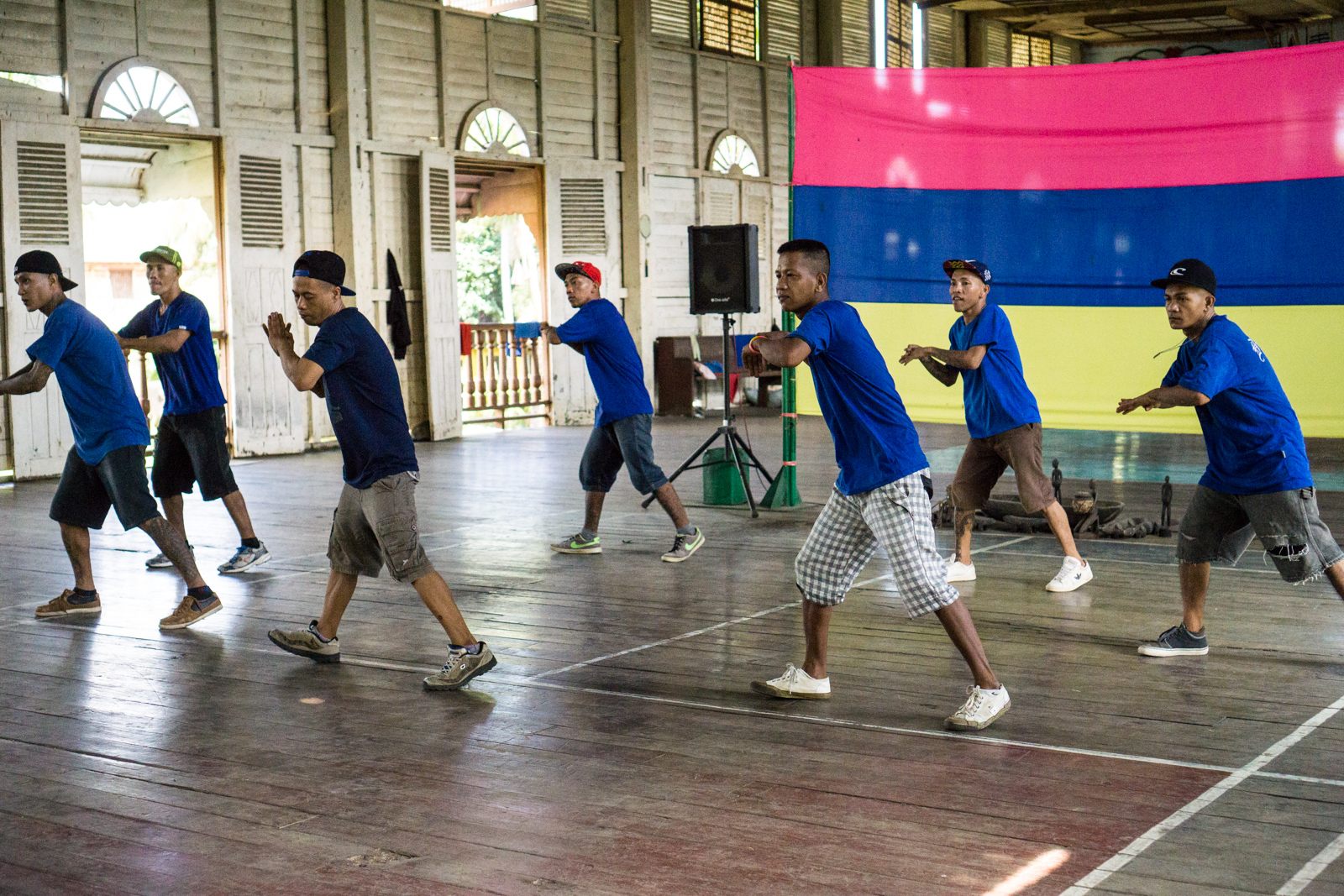
The inmates dancing. (Photo: Jairus Khan)
Iwahig has 10 pages of visitor reviews on TripAdvisor. A handful of these complain about how pushy the inmates are, particularly when encouraging tourists to buy their goods. In reality, the sales tactics are no more aggressive than at any open-air market or even shopping mall. The only difference at Iwahig is that the inmates are covered in homemade tattoos (some of them quite stunning) and will offer similar body art to visitors in exchange for a pack of cigarettes and a cup of coffee.
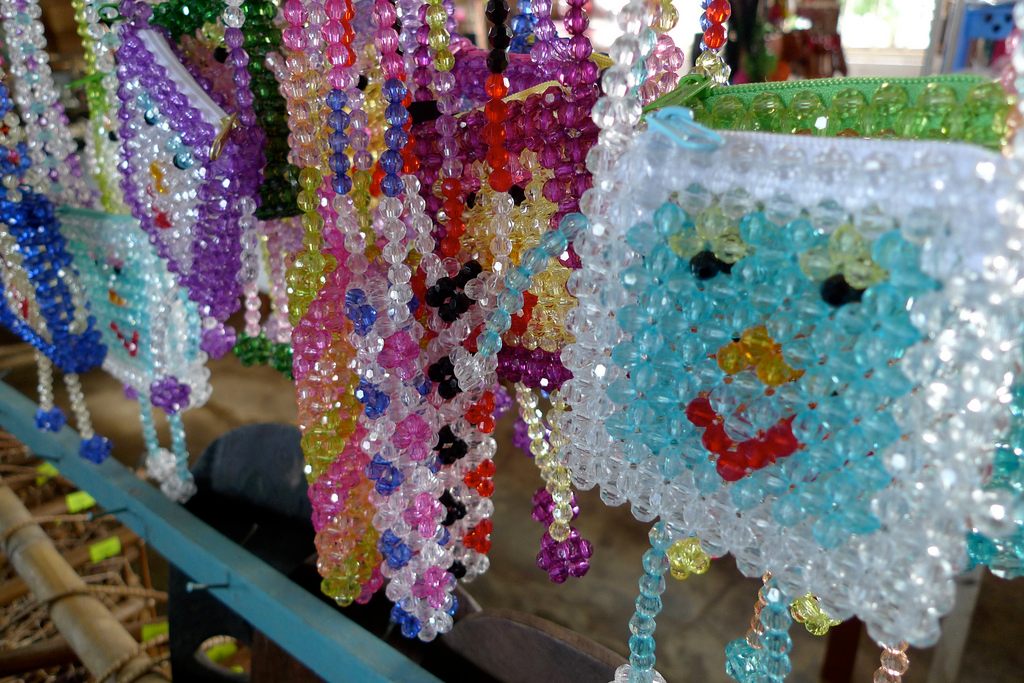
Crafts made by inmates. (Photo: Cheryll Del Rosario/flickr)
When the inmates give visitors a tour, the contrast between the Maximum Security facilities and the rest of the grounds becomes clear. Three hundred Maximum Security inmates were crammed in a small, dilapidated building, with several guards out front and “NO FIXERS” signs everywhere. These are a result of the Anti Red Tape Act of 2007, legislative measures intended to stop bribery and corruption in government-operated agencies.
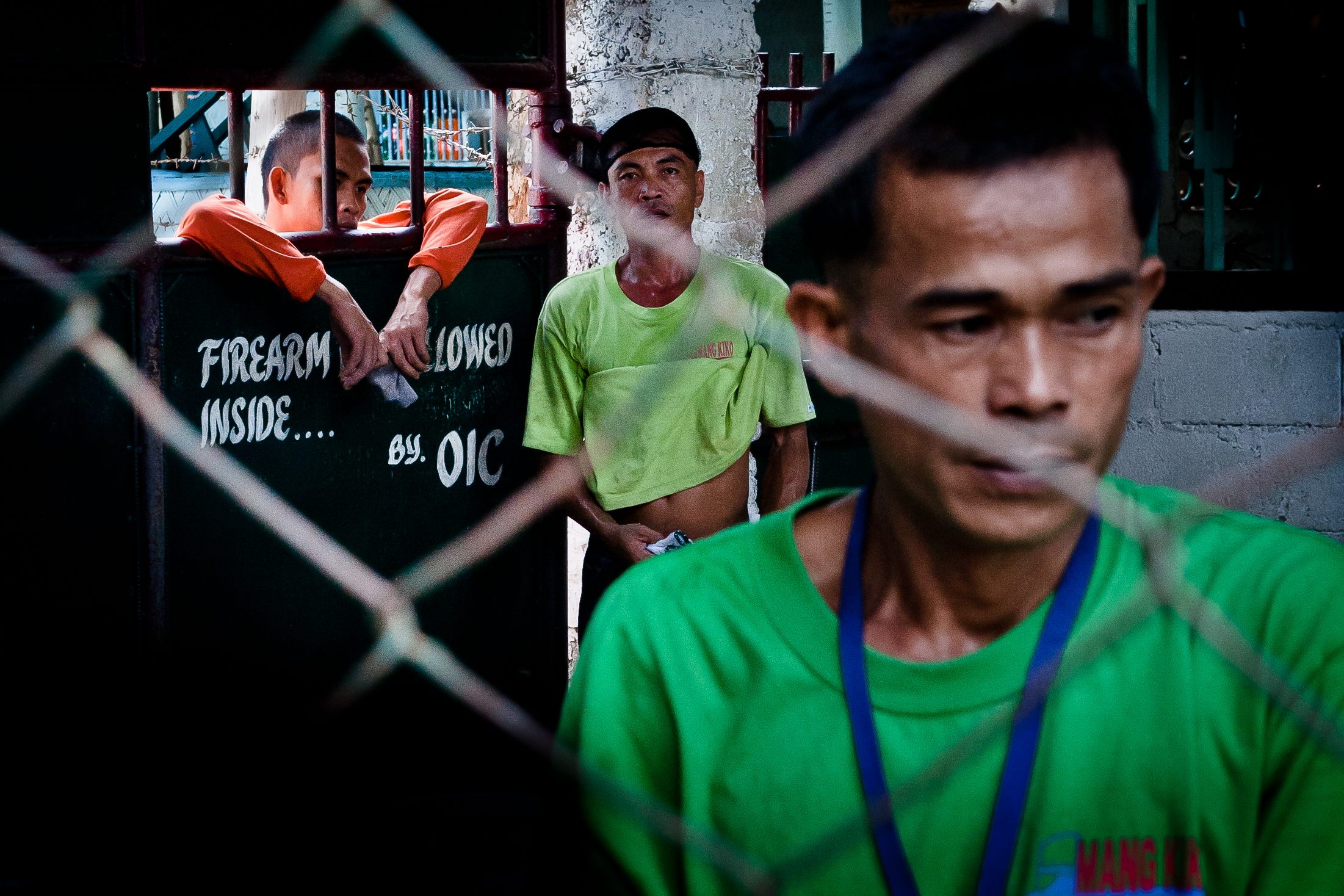
Some of the inmates at Iwahig. (Photo: Matt Paish)
The rest of the grounds, however, feel just like strolling around any real-world village. Men play ping pong on the ground floor of a big wooden building, while “five-six-seven-eight” (a familiar refrain for any dancer) echoes out of an upstairs room. Medium Security inmates live dormitory-style, a few hundred to a room, while Minimum Security inmates are allowed to live in a small hut with their family and farm and fish with little supervision.
Iwahig wasn’t always made up of huge open spaces and the potential for inmates to walk freely. Founded in 1904 as a way to get political prisoners far from the nation’s capital during an American occupation, the prison was comprised 60 inmates and one guard, who were sent to a nearly uninhabitable piece of land on Palawan. The inmates were then used as free labor to clear out the rainforest to allow for further development of the island. Forty-two years later, after the Treaty of Manila relinquished US control of the islands, inmates who had completed their sentences were allowed to clear and keep for themselves up to to six hectares of land.
Now, Iwahig’s 3000 or so inmates come from all around the Philippines, most of them serving long sentences for violent crimes. The rest of the population is made up of on-site prison staff and the inmates’ wives and children. As the prisoners tend to be serving decades-long sentences, many of them have children who were born at the penal farm and have never lived anywhere else. Some of those children have gone on to have children of their own, a second generation who have never been outside of Iwahig. There is a school on-site, where children, staff, and inmates learn side-by-side.
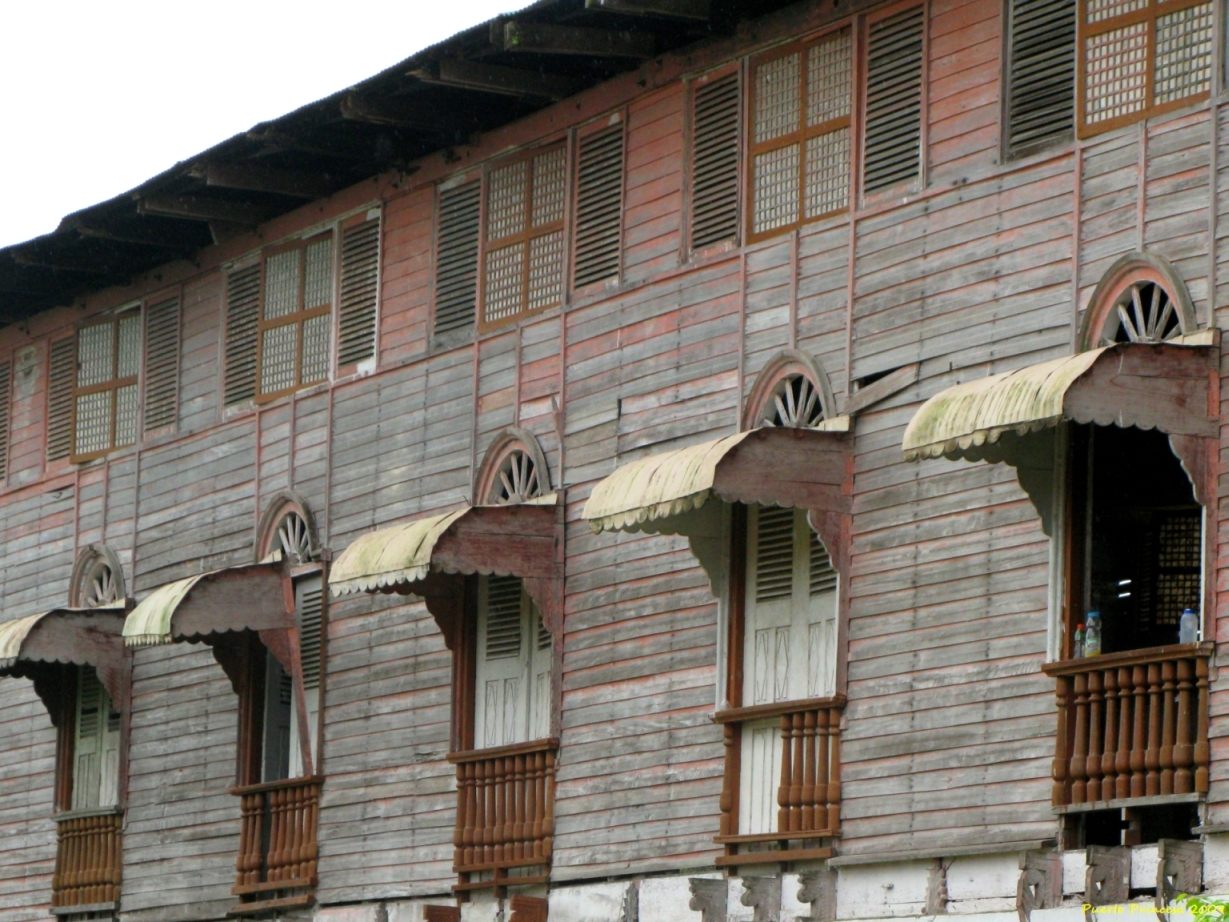
(Photo: Arlene Paredes/flickr)
“The children are happy here, as if they were free,” a mother tells French filmmakers Alexandre Leborgne and Pierre Barougier in the 2006 documentary Out of Bounds. The film presents the story of Alejandro, a long-time inmate who acts as a “mayor” of the prisoners, who is soon to be released. Unlike the view you get as a tourist, watching it gives a much better sense of what it is like to be housed at the prison.

A still from the documentary film Out of Bounds, about Iwahig. (Photo: Courtesy Alexandre Leborgne)
When inmates arrive at Iwahig, they spend six months in Medium Security, before being eligible for Minimum Security freedoms. Infractions like drinking and smoking can send them back to Medium. There is bureaucracy and tedium, just like anywhere else. The Minimum Security long-timers supervise the work of their Medium Security counterparts, help them navigate the prison’s administration system, and advocate on their behalf. The tone is scolding, but their core motivation seems to be genuine concern.
Even though any inmate serving a long sentence has the option of going to Iwahig, not everyone wants to. It is far from home for most people, and long days spent farming or fishing pay between 100 and 200 pesos a month, the equivalent to a couple of packages of cigarettes. The number of inmates allowed to sleep with their families has dwindled to 20 after a 2014 escape plan saw at least one prisoner go free.
Still, the recidivism rate is only 10 percent–half of what it is in the rest of the country. As one of the inmates says in Out of Bounds: “My life could have been ruined, if I had not been sent to Iwahig.”

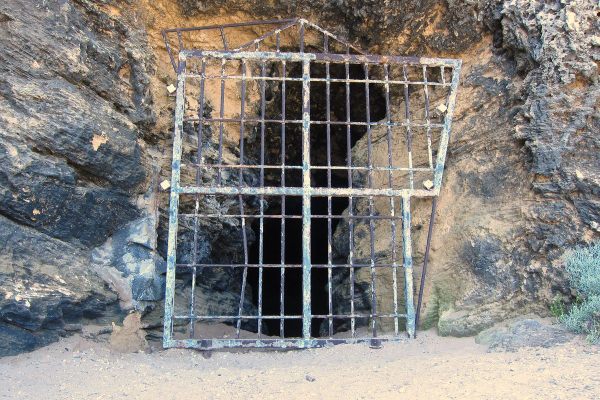
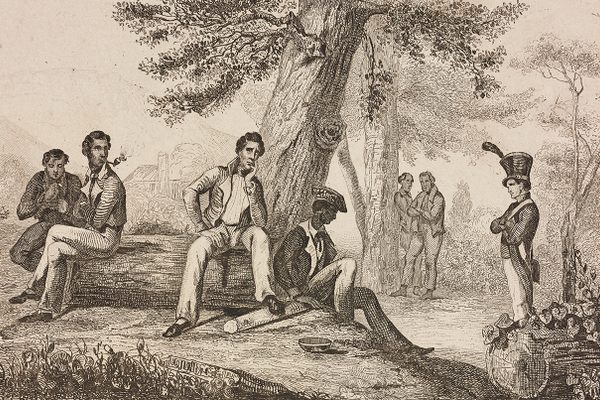






Follow us on Twitter to get the latest on the world's hidden wonders.
Like us on Facebook to get the latest on the world's hidden wonders.
Follow us on Twitter Like us on Facebook